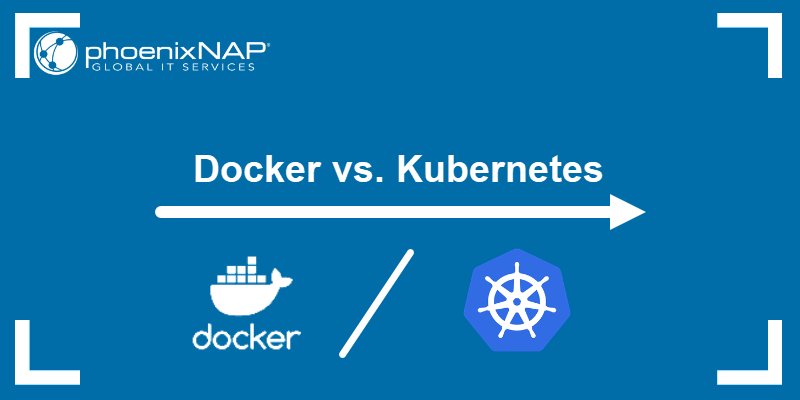

- #UBUNTU DOCKER AND KUBERNETES HOW TO#
- #UBUNTU DOCKER AND KUBERNETES INSTALL#
- #UBUNTU DOCKER AND KUBERNETES UPDATE#
If you don’t want to use the Windows Store, then follow the steps in the WSL docs for manual install.

For the purpose of this blog post, we’ll use Ubuntu 20.04 LTS.
#UBUNTU DOCKER AND KUBERNETES INSTALL#
You can now install Linux Distro of your choice by going to Windows Store from start panel and then install the same.

Verify if you are running on the correct version of Windows 10 by using winver.These are the instructions for those, who dont want to bother to read through whole document: WSL2 distro installed from the Windows Store, We’ll use Ubuntu 20.04 LTSįor full instructions, refer to the official instructions for enabling WSL2.Docker Desktop for Windows, stable channel.OS: Windows 10 version 2004, Build 19041 or higher.Here is the list of the prerequisites needed and their version/lane: KinD was primarily designed for testing Kubernetes itself, but may be used for local development or CI. KinD is a tool which can be used for running local Kubernetes clusters using Docker container nodes. But to gain Kubernetes experience, most need to run multi node solutions or clusters. Minikube is one of solutions that can be used to solve this scenario but minikube is limited to single node setup. However it soon becomes additional hassle for devs and ops alike and also keeps contributing to company’s rising cost. Some other go to the extent of provisioning one kubernetes cluster per developer. Many organizations come around this by provisioning separate kubernetes clusters for devs. However there remain difficulties in setup and running multi node clusters for developers to test their container workloads. Once done, you will get a successful message that the master is up and running and nodes can now join the cluster.Kubernetes has raced ahead of other container management platforms in last few years. Step 7 − Once all kubernetes packages are downloaded, it’s time to start the kubernetes controller using the following command − Step 6 − Now it’s time to install kubernetes by installing the following packages −Īpt-get install –y kubelet kubeadm kubectl kubernetes-cni Step 5 − Install the Docker package as detailed in the earlier chapters.
#UBUNTU DOCKER AND KUBERNETES UPDATE#
Step 4 − We then issue an apt-get update to ensure all packages are downloaded on the Ubuntu server. We can do it using the following commands.Įcho "deb kubernetes-xenial main” | sudo tee /etc/apt//docker.list Step 3 − Next, depending on the version of Ubuntu you have, you will need to add the relevant site to the docker.list for the apt package manager, so that it will be able to detect the Kubernetes packages from the kubernetes site and download them accordingly. This will generate a key in your home folder as shown below. You can do this using the following command. Step 2 − Ensure that you generate a ssh key which can be used for ssh login. Step 1 − Ensure that the Ubuntu server version you are working on is 16.04.
#UBUNTU DOCKER AND KUBERNETES HOW TO#
Let’s go step by step and learn how to install Kubernetes. This is a tool which helps in the installation of Kubernetes. In this chapter, we will see how to install Kubenetes via kubeadm.


 0 kommentar(er)
0 kommentar(er)
